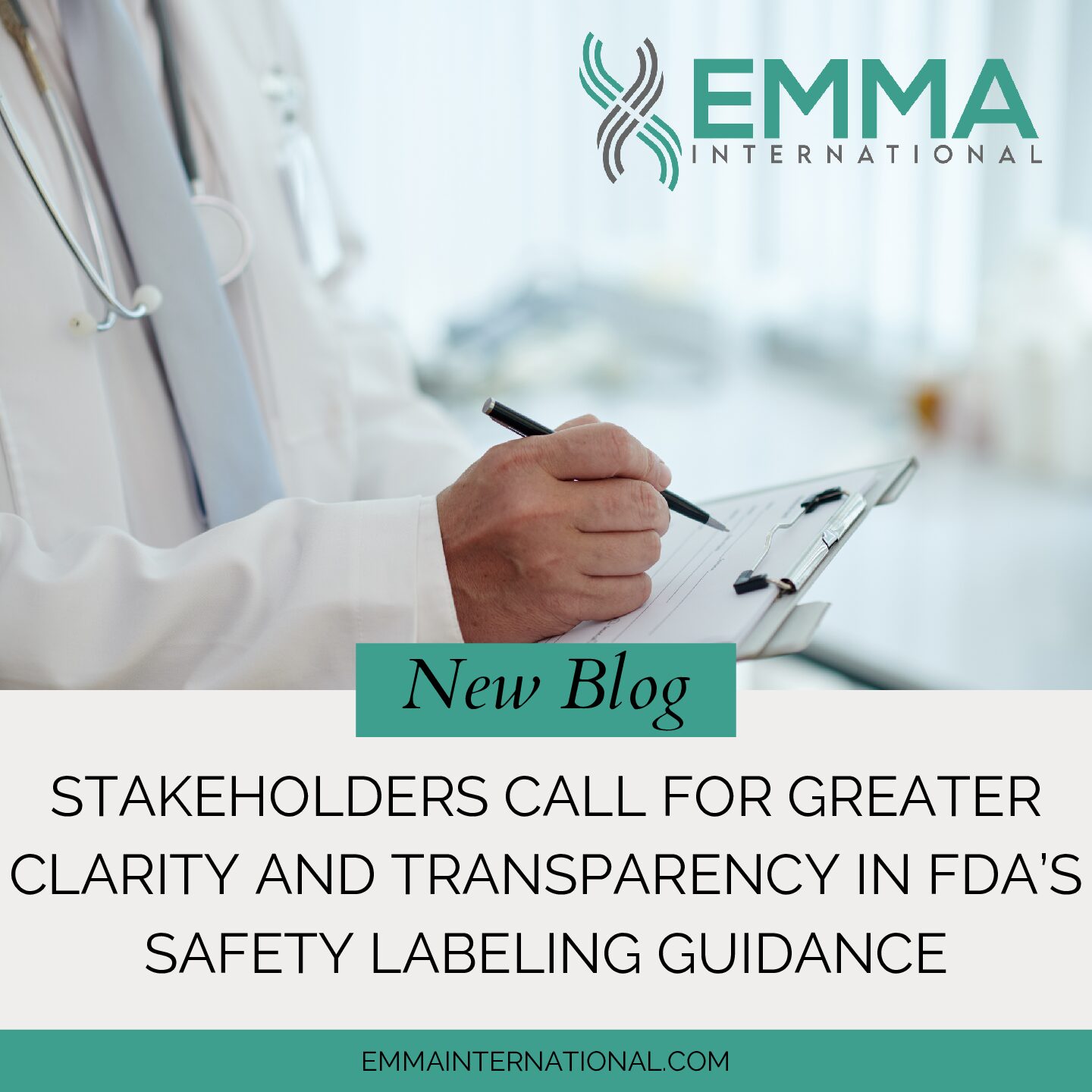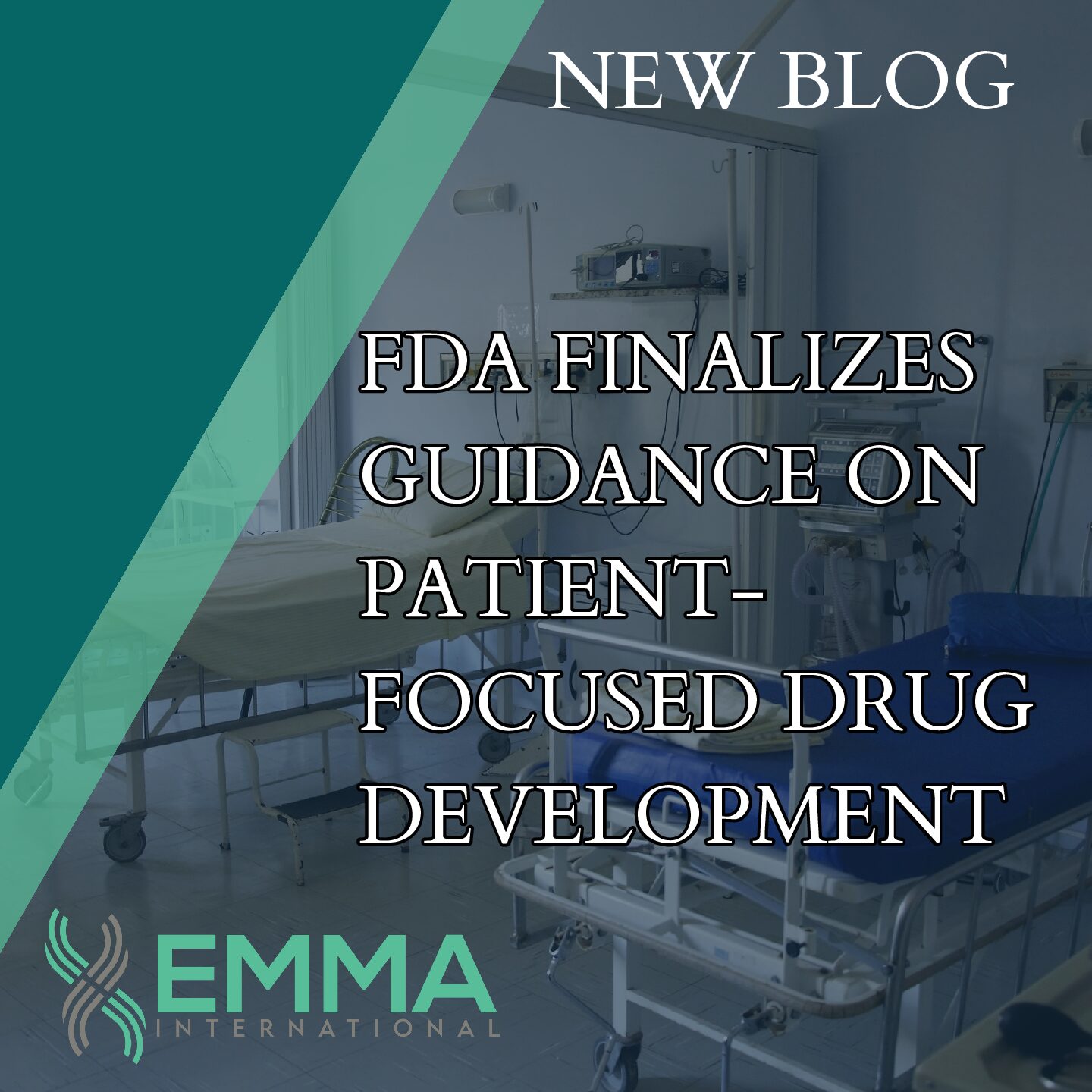One of the key frameworks in the pharmaceutical industry is GAMP 5 (Good Automated Manufacturing Practice). Developed by the International Society for Pharmaceutical Engineering (ISPE), GAMP 5 provides a risk-based approach to validating computerized systems used in the development, production, and distribution of pharmaceutical products. As companies increasingly rely on automated systems and digital technologies, understanding GAMP 5 is crucial for ensuring that these systems are not only compliant but also support high levels of operational efficiency and product quality.
GAMP 5 is a set of guidelines designed to help pharmaceutical companies, biotech firms, and medical device manufacturers validate their computerized systems. The framework emphasizes a risk-based approach to system validation, aligning with regulatory requirements such as the FDA’s 21 CFR Part 11 and EU Annex 11.
Rather than a one-size-fits-all approach, GAMP 5 focuses on tailoring validation efforts to the level of risk posed by a system. This allows companies to focus resources on areas with the highest potential impact on patient safety, product quality, and data integrity.
Key Principles of GAMP 5
Risk-Based Approach
GAMP 5 places a strong emphasis on assessing and mitigating risks associated with computerized systems. The idea is to concentrate validation efforts on systems or functions that could directly affect product quality or patient safety. By adopting a risk-based approach, companies can ensure that their validation processes are both effective and efficient, without expending unnecessary resources on low-risk areas.
Lifecycle Approach to Validation
GAMP 5 promotes a system lifecycle approach to validation. This means that validation activities should occur throughout the entire lifecycle of a computerized system—from concept, development, and testing to implementation and ongoing use. Continuous monitoring and periodic reviews are encouraged to ensure that the system remains compliant and effective over time.
Scaled Approach Based on System Complexity
Not all systems require the same level of validation. GAMP 5 advocates for a scalable approach where the extent of validation activities is determined by the complexity of the system and its intended use. For example, systems that are more complex and critical to product quality (such as automated manufacturing equipment) will require more extensive validation compared to simpler systems (such as administrative tools).
Focus on Supplier and User Collaboration
Another important principle of GAMP 5 is the collaboration between system suppliers and users. Suppliers should provide adequate documentation and support, while users are responsible for defining their requirements, assessing risks, and ensuring that the system performs as expected in the real-world environment.
The GAMP 5 validation process typically follows a structured approach that includes several key phases:
- User Requirements Specification (URS)
This phase involves defining the system’s intended use, performance expectations, and any regulatory requirements it must meet. The URS provides the foundation for the entire validation process and helps to identify the system’s critical functions.
- Functional Specification (FS)
Once the URS is established, the next step is to develop a functional specification that outlines how the system will meet the requirements. This document should include details on system design, hardware, software, and user interfaces.
- Risk Assessment
A thorough risk assessment is conducted to identify any potential risks that the system might pose to product quality, data integrity, or patient safety. Based on this assessment, appropriate risk controls are implemented.
- Installation Qualification (IQ), Operational Qualification (OQ), and Performance Qualification (PQ)
These three stages of qualification ensure that the system is installed, operates, and performs according to the defined specifications. IQ verifies the proper installation of hardware and software components, OQ ensures that the system operates as intended under normal conditions, and PQ tests the system’s performance in a real-world setting.
- Ongoing Monitoring and Change Control
Once the system is validated and in use, ongoing monitoring is critical to ensure continued compliance. Any changes to the system must go through a change control process, where the impact on validation status is assessed and documented.
At EMMA International, we understand the critical role that GAMP 5 validation plays in ensuring the success of computerized systems within the life sciences industry. Our team of experts can guide your organization through every stage of the GAMP 5 validation process, from risk assessments and URS development to IQ, OQ, and PQ testing. With our deep industry knowledge and commitment to regulatory excellence, we can help ensure your systems are not only compliant but also optimized for performance and efficiency.
As technology continues to advance, GAMP 5 will remain a crucial framework for maintaining the integrity of automated systems in the life sciences industry. By adhering to its principles, companies can stay ahead of regulatory challenges while embracing innovation. At EMMA International, we’re here to support you on that journey. To learn more, call us at 248-987-4497 or email info@emmainternational.com.
ISPE (n.d) GAMP 5 Guide 2nd Edition retrieved from: https://ispe.org/publications/guidance-documents/gamp-5-guide-2nd-edition





